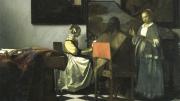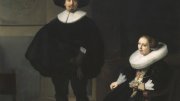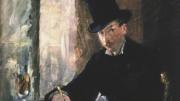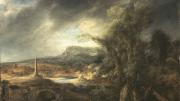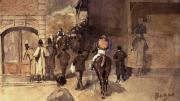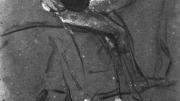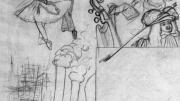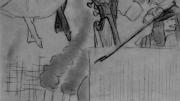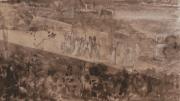In the early-morning hours of March 18, 1990, 13 paintings were stolen from Boston's Isabella Stewart Gardner Museum. Above, see a slide show with information the museum has provided about the stolen works.
Read more about the Gardner theft and Stealing Rembrandts, a book about art theft by Anthony Amore, M.P.A. ’00, now the Gardner's head of security.
